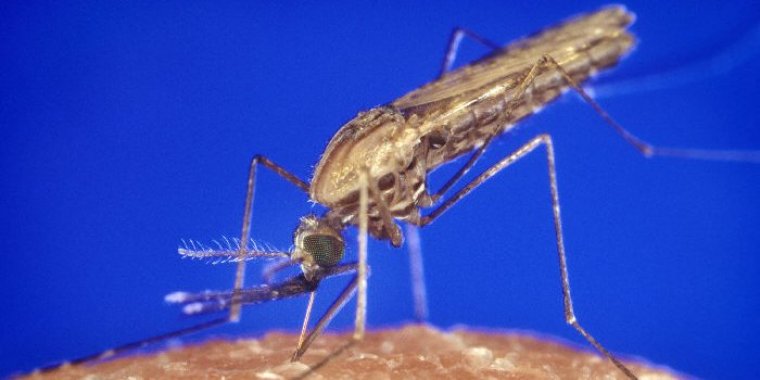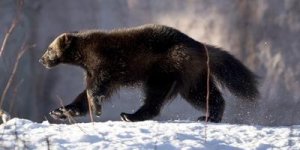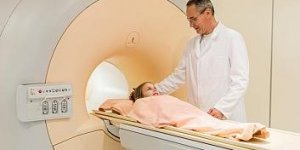| News / Science News |
Natural mosquito fungus ‘could block spread of malaria’
Scientists have discovered a microbe, a fungus they have named Microsporidia MB, in Anopheles arabiensis mosquitoes around the shores of Lake Victoria in Kenya. The fungus is capable of blocking malaria transmission from mosquitoes to people.

Malaria parasite mosquito (Anophele) vector. Photo: James Gathany / CDC
The vast majority of malaria cases occur in Africa and India and are caused by the P. falciparum parasite carried by female Anopheles mosquitoes.
Focusing on P. falciparum, researchers from icipe, the International Centre of Insect Physiology and Ecology, and the University of Glasgow, reported in a study published this week (4 May) that mosquitoes with the fungus do not carry malaria parasites, either in nature or after experimental infection in the lab.
The fungus Microsporidia MB is naturally found at low levels in malaria mosquitoes in Kenya, but the researchers believe there may be ways to increase the number of mosquitoes carrying it, thereby blocking their capacity to transmit malaria. Only female mosquitoes bite people.
Further research will investigate precisely how Microsporidia MB could be used to control malaria in large mosquito populations, but the researchers argue it is scalable and could be delivered to remote areas via plane airdrops of lab-infected mosquitoes or spores.
The microbe is passed from female Anopheles arabiensis mosquitoes to their offspring at high rates and does not kill or cause obvious harm to the mosquito host, or affect its fitness.
It means using the fungus to tackle malaria would leave mosquito populations intact, in contrast to techniques such as genome editing which could wipe them out.
“Maybe the first step is to look at what’s naturally out there and see if that can work,” tells lead author Jeremy Herren, from icipe and formerly the University of Glasgow.
Herren says his background studying fruit fly and insect symbionts — organisms which live together — led to the study.
Herren agreed that demonstrating efficacy and engaging with policymakers is key for public health interventions. He says community acceptance is crucial before any environmental releases can be considered.
“We’ve done a lot of work with the communities, they’ve actually been a key part of this research,” Herren says. “They might be the first to benefit if it does work, we need to ensure that they understand what we’re doing and of course it will be up to them if they want this intervention or not.”
However, ecologists remain wary of the potential environmental and public health consequences. Biologist Tom Wakeford from ETC Group, a conservation and technology non-profit, is urging caution about the discovery.
“[Microsporidia MB] is a naturally occurring biological organism … but whenever you release something as a biological control agent you don’t know what’s going to happen. We don’t know ecologically what it might do to pollinators or other organisms that are key parts of ecosystems.”
Yet Herren says his research indicates Microsporidia MB does not have the capacity to infect other organisms. “Probably there is a risk in anything, but I think in this case it would be very small, if you’re taking something that is already there and you’re increasing the prevalence,” he says. (SciDev.Net)
YOU MAY ALSO LIKE





